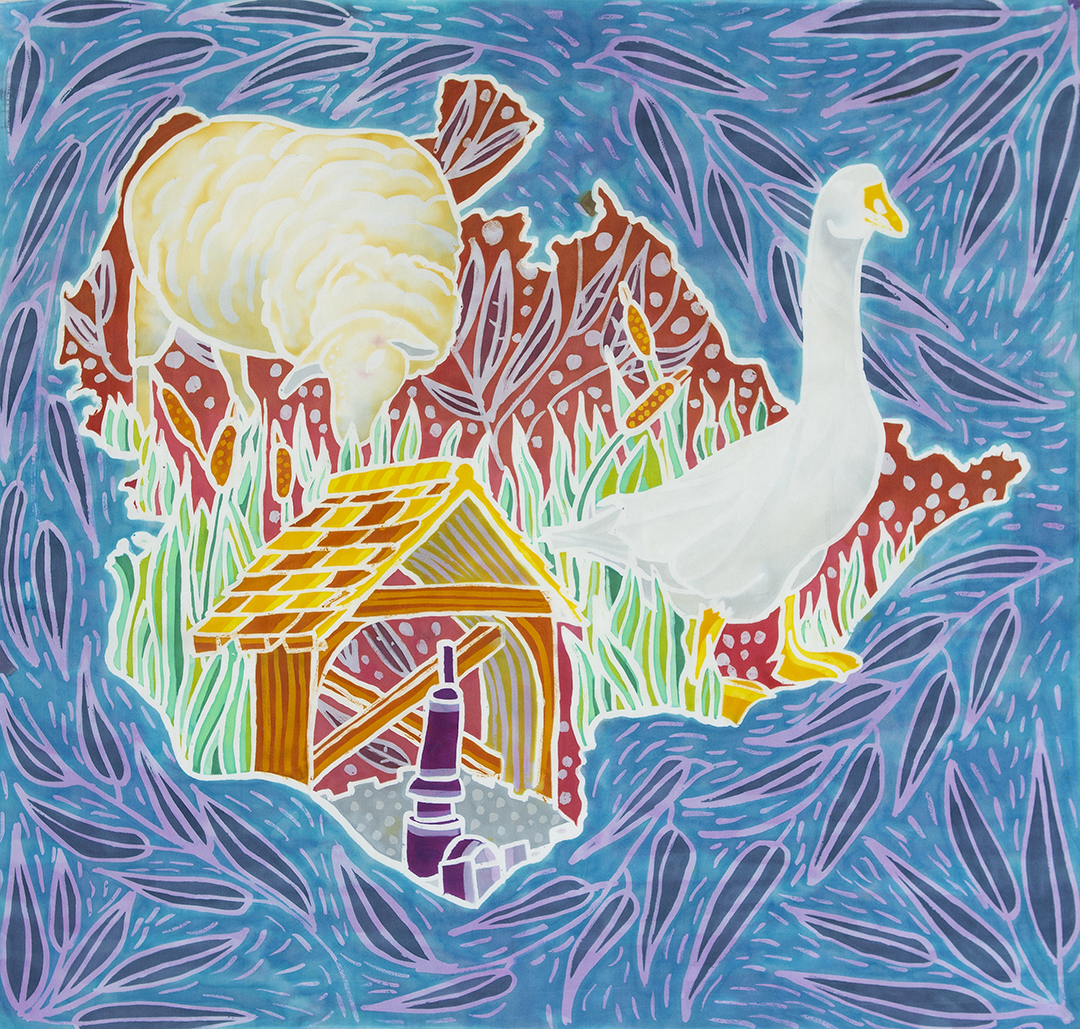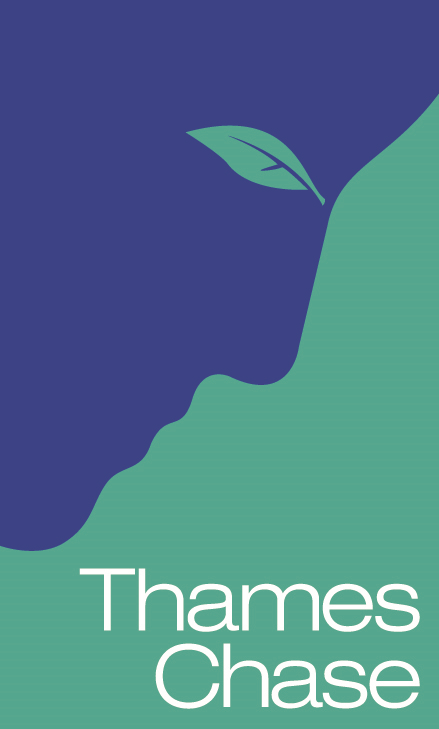
94. Bulphan oddments
Sitting like a top hat on Thurrock, Bulphan has borders with Basildon, Brentwood and Havering and is easily missed altogether as you travel from The Halfway House to the Orsett Cock. The Plough House Motel places it on the map for some, but most residents of Bulphan (past and present) have been happy to be off the beaten track.
The main village at the turn of this century stretched from the church of St. Mary the Virgin, past the school and rectory, centring on the post office. coal merchant and Went’s bakery at China Lane and continuing to the Harrow pub, where Bill Thomas was the stonemason.
The Fen was enclosed by three Fengates. Villagers had grazing licences and Eric Jiggens still has his licence entitling him to keep two-and-a-half sheep there. At the time of the Domesday Book, Bulgenen as it was then (meaning marshland by a fortified place) had a great number of sheep, from whose milk cheese was made.
Eric’s father, Fred, has written a book tracing the development of the faith of the Peculiar People in Essex and has also achieved some fame as a speaker of true Essex dialect: his recordings may be heard in Colchester Museum.
As the Fen was marshy and wet, it was the custom to run any geese who were going to graze on the Fen through a puddle of tar, and then sand, to “waterproof ‘ their feet. The local sport was quoits and as the quoit-ground in front of the forge was often a quagmire, the men from the Harrow would sometimes take off their heavy work boots in order to keep their footing. These two facts combined led to surrounding villages considering Bulphan folk very odd as they shod their geese and went barefoot themselves.
Farmworkers’ children who lived near the Fengates would listen out for horses whilst they were carrying out their daily chores and run to open the gate, saving the driver from climbing down and usually earning a penny, which would be spent on a 1d bar of Sharp’s toffee at Mrs Thomas’ tuckshop at the Harrow.
With the building of the railway to East Horndon, arrived the weekend and holiday Londoners. They bought plots and put up huts. During the Second World War, many of these families built more substantial homes and moved into the village permanently. Most of those homes have been replaced, but there is a parallel in that many of the homes in Bulphan are self-build houses.
The Fen has always been a damp, misty and mysterious pace. During the First World War, Mr. Walford the gravedigger and his family failed to turn into their gateway at Stone Hall, and ended up – pony, trap and all, in the Mardyke by the Harrow Bridge. Even today, many drivers misjudge that same bend and end up nose-down in the Mardyke!
A distinctive feature of Bulphan is the water-pumps outside the former council houses in Church Road: these are artesian wells and Lesley Read-Andrews of Pear Tree Corner did the well-boring.
Story writer/provider
Janet McCheyne
Flag Designer
Jo Beal
Painter(s)
Kinetika Artists
Landscape Character Area
Thurrock Reclaimed Fen



